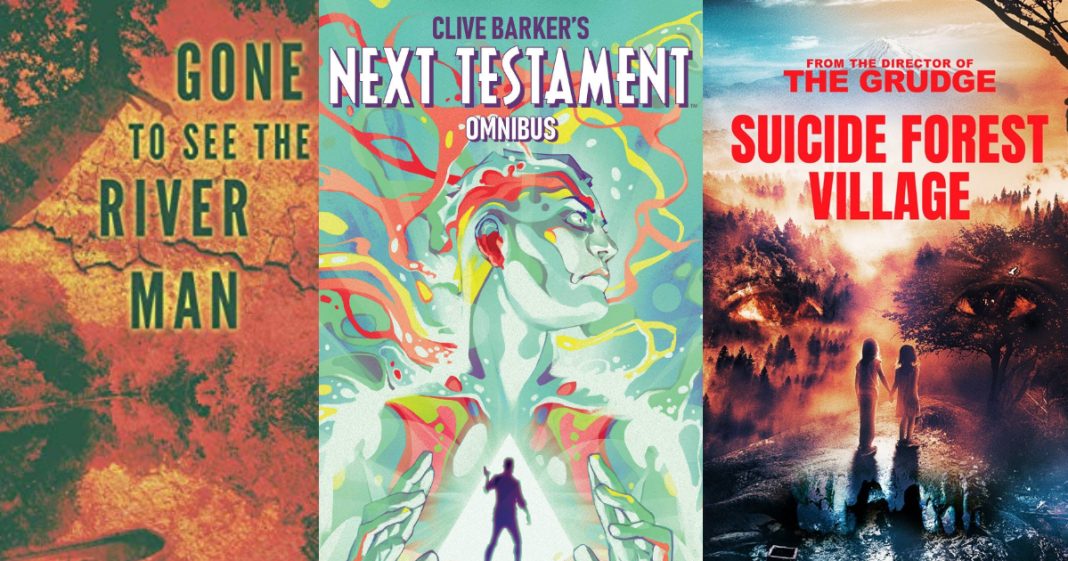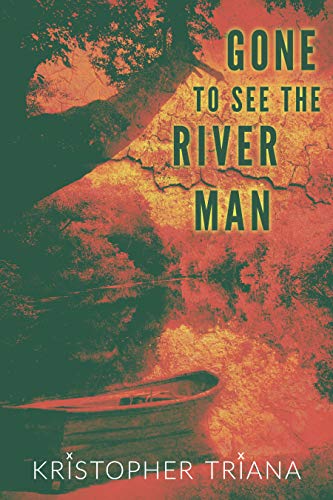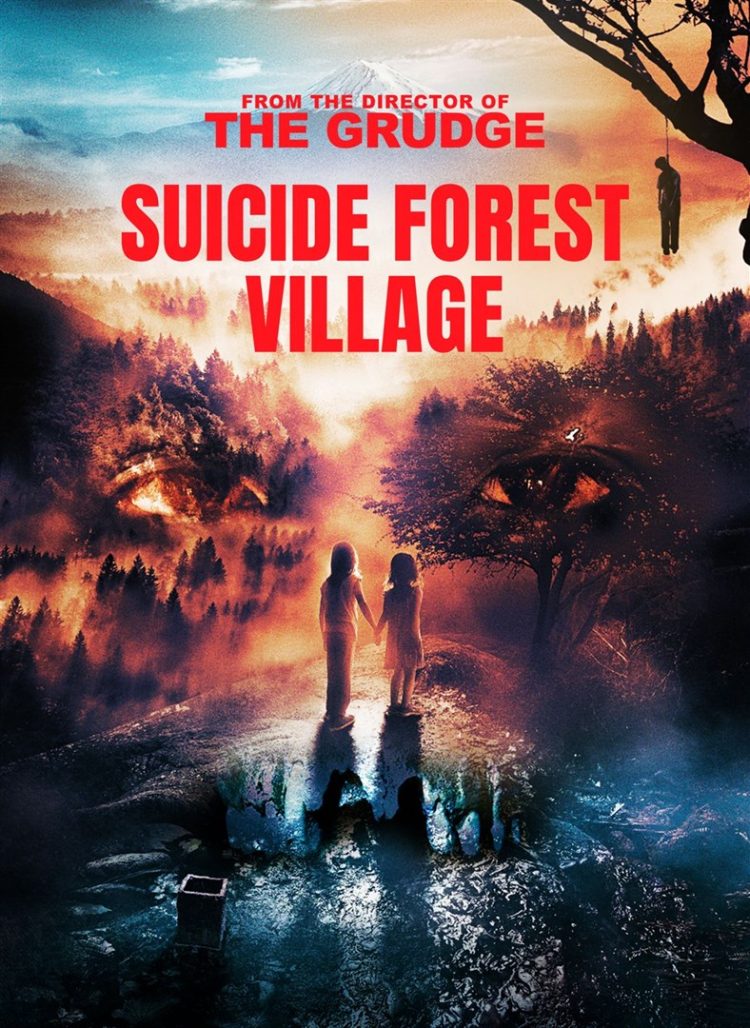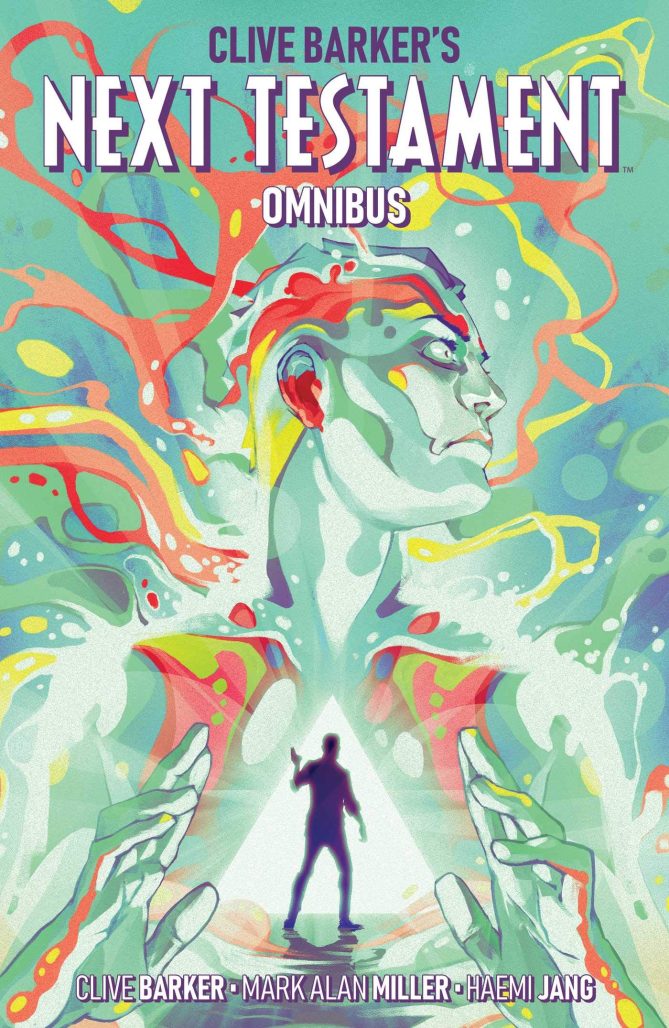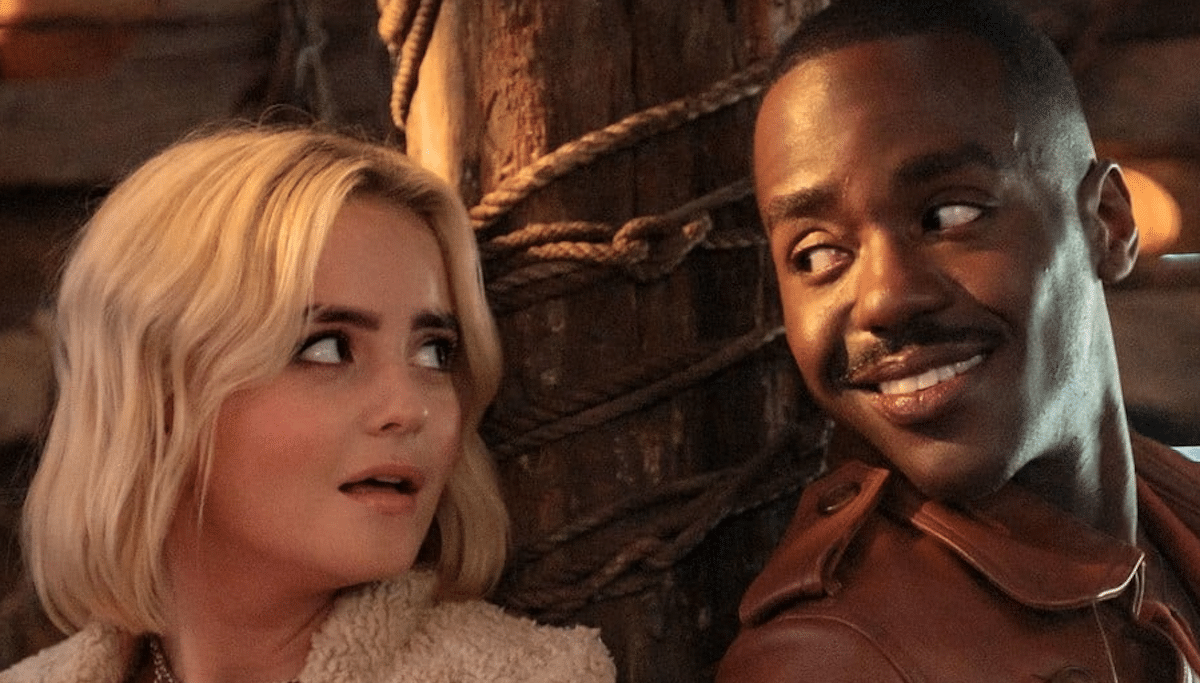The temptation to go straight to the classics for horror recommendations is tempting. Classics are classics for a reason and a lot of the ones I can think of still hold up more than well. John Carpenter’s Halloween, Stephen King’s Salem’s Lot (the book), and Alan Moore’s From Hell all fall under that category, of great recommendations that will open a multitude of doors into the lands of fear.
And yet, there’s fresh blood off the beaten path, or traces of it not often given the attention they deserve. To honor this sentiment, I offer three recommendations that are meant to guide interested parties down less traveled paths that celebrate horror in uniquely unsettling ways but that don’t always get the chance to bask in the spotlight the classics get (and often hog all for themselves).
You’ll get a comic, a prose book, and a movie. They’re not unknown, but they’re not always part of the usual suspects that make it into these types of writing pieces. What they are, though, is brutal. They hold nothing back while indulging in darkness, and they prefer to operate with malice. Doom, hellish imagery, and pure dread reign in these recommendations, so reader beware. Enjoy.
-
A prose book: Gone to See The River Man, written by Kristopher Triana, 2020
Horror has the capacity to veer into cruelty and extreme human ugliness with ease. Knowing how far to push and what rewards lie beyond the risks is a rare feat, and when it succeeds it produces some of the most provocative horror on the stands. Kristopher Triana’s Gone to See The River Man is certainly earns its spot in this category, a book that reaches deep into the things siblings can do to each other when jealousy and sex breed familial hatred. And then there’s the matter of the love letters the main character sends to an incarcerated serial killer.
Gone to See The River Man follows Lori, a woman that corresponds with the sadistic serial killer of women Edmund Cox. She wants to gain his favor and become his preferred fan, so she undertakes a task for Edmund to put herself on top. The ask? Return an object to someone Edmund only refers to as The River Man (whose name is a reference to a Nick Drake song). Lori must go deep into a forest to find this River Man, and she decides to bring her disabled sister along for the ride. What she finds goes from bad to worse to hellish as the man she’s searching for might not be a man at all but a thing that requires a certain commitment to something beyond herself, something brutally violent.
The book disturbs in its depravity. As Lori goes further into the woods, her own past horrors come back to haunt her, especially as it pertains to the reasons why her sister is in the state she’s in. It’s a harrowing read, but not without something to say. It challenges reader to confront taboo to reach a different level of understanding on repression, sibling rivalries, and our fascination with terrible things. It’s a short read that stays with you like a demonic entity that just doesn’t want to let go of you. It’s a book that wants to leave you in despair.
-
A movie: Suicide Forest Village, dir. by Takashi Shimizu, 2021
There’s no denying that suicide is one of the first two most taboo subjects ever to be discussed in any genre. Mention of it is often enough to change the nature of an entire conversation and to have people look the other way. Japanese director Takashi Shimizu seems to be well aware of this, which might explain why his movie Suicide Forest Village takes such a measured but visceral approach to it.
Suicide Forest Village follows a group of kids who stumble upon a mysterious wooden box that seems to have a life of its own, along with a mind to get people to end their lives to serve the needs of a mythical village hidden within a mountain known as a popular suicide spot. The box holds something inside and it wants more of it, badly enough that it warps the reality of those unlucky enough to be in its presence. As the group of kids starts killing themselves one by one, the box’s grand design slowly reveals itself, with each death becoming more violent as the numbers mount.
Suicide comes up quite often in Japanese horror, complete with a remote mountain or desolate place that pulls broken people in to convince them to cut their lives short. The movie confronts audiences with the topic by making each death scene explicit and imposing. Shimizu opts for close-up shots of each incident to explore the impact they have on the surviving members’ psyche. It also looks at the things we repress so as not to disturb people with the unpleasantness of taboo. There’s a fairy tale aspect to the story, too. Once certain reveals are made, the movie shows no inhibitions in taking things down a more imaginative horror route. The story gets weird, but it all serves to create a tense atmosphere that becomes more and more frightening as it marches towards the final act. It’s a smart and beautifully made movie that hits all the right notes to get you uncomfortably close to a topic no one willingly wants to discuss.
-
A comic: Next Testament, written by Clive Barker and Mark Miller and illustrated by Haemi Jang, Boom Studios 2013
Religion has been great for horror. It has provided more than enough material to fill centuries of terror into the genre. Horror master Clive Barker has explored the topic freely, especially as it pertains to the things we worship and how we worship them. From Hellraiser to short stories like “Down, Satan!” (about a man who decides to create Hell on Earth as an invitation to the Devil), Barker’s contemplations consider the idea that the afterlife is never what we expect it to be and that the beings that inhabit it possess interests that are entirely opposite our own.
This is the concept behind Next Testament, a 12-issue miniseries co-written by Barker and Mark Miller and illustrated by Haemi Jang. A rich old man who has dedicated his life to the occult and the obscure finds God in a desert. God tells the old man his name is Wick and that he is, in fact, the God of the Bible. Wick quickly reveals a different vision for his “second coming,” though. Expectations of mercy, forgiveness, and peace are immediately brushed off in favor of genocide, blind worship, and deceit. The story unravels as a meditation on religion, our egotistical and selfish relationship expectations with a mythical savior, and our desperate need to shape our ideations of the afterlife as places of pleasure rather than punishment.
Barker and Miller craft a tale that’s not afraid to challenge readers with philosophical questions. The concept of faith is questioned and framed as a failed system of spiritual expression that misleads people rather than guide them towards understanding. Jang’s art keeps things on firm horror ground, especially whenever Wick’s around. Jang portrays him as the personification of violence, but with a child’s sense of fascination for it (like a boy with magnifying glass over an anthill). It’s really effective and makes for some chilling scenes. Next Testament is a very different horror story, of the kind that invites further exploration of the weird.


